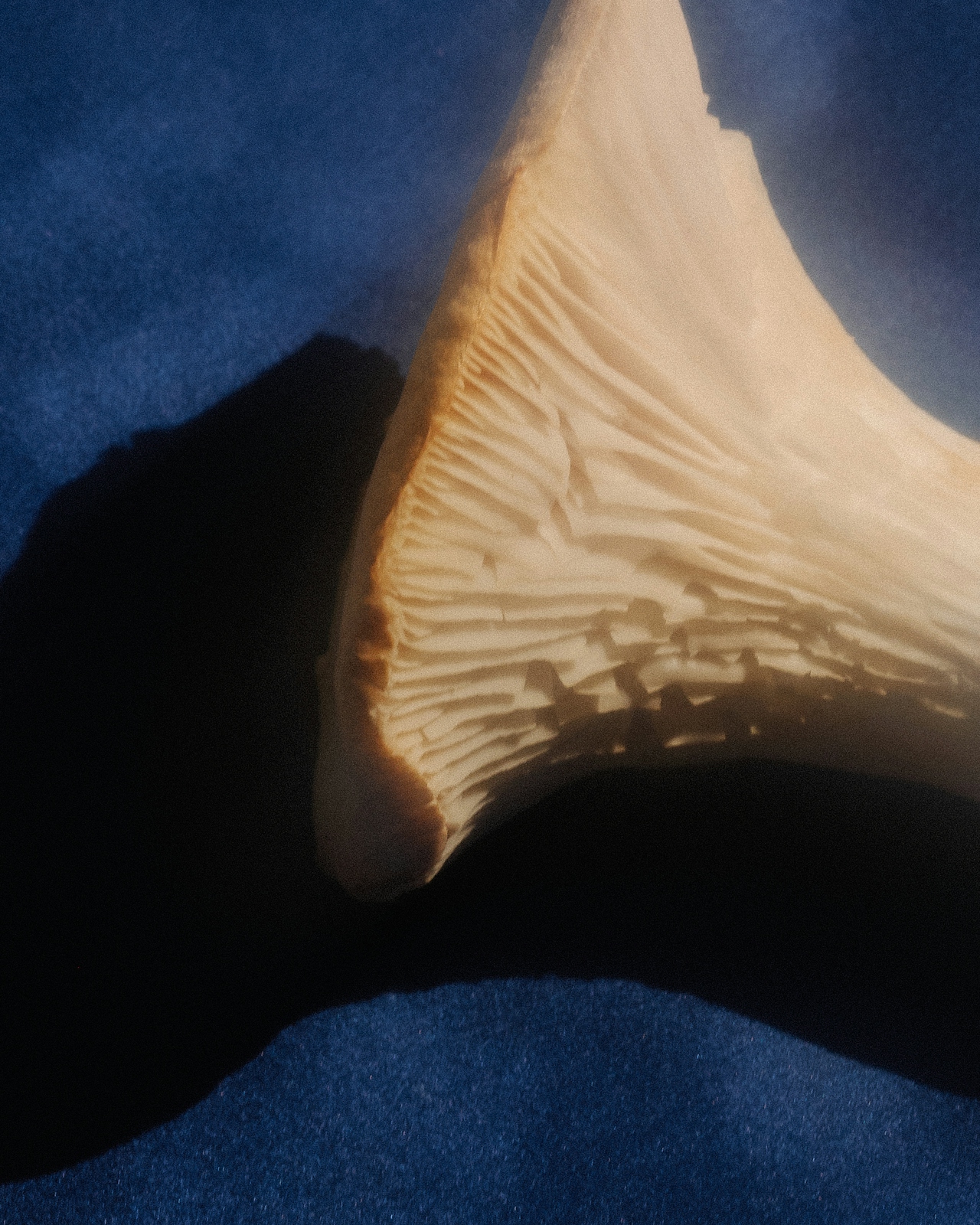In the aftermath of the 1986 Chernobyl disaster, researchers discovered something remarkable: jet-black fungi growing inside the nuclear reactors. These fungi, adapted to life in the exclusion zone, where radiation levels are high, have a superpower: they can absorb and consume radiation.
Their high melanin content, the same pigment that gives human skin its color, protects them from radiation damage. These fungi can even convert radiation into energy; the closer they are to the radiation source, the more melanin they express.
Scientists suggest that these radiotrophic fungi could be useful for space travel, claiming they could reduce radiation levels in space by about two percent and potentially benefit astronauts on long missions. Imagine the humble mushroom helping protect space travelers from cosmic radiation!
We think of mushrooms as vegetables as we chop them into our meals. However, they are neither plants nor animals but mysterious hybrids often exhibiting remarkable adaptability, intelligence, and communication skills. Mushrooms form mycelial networks beneath the forest floor, connecting trees and plants. These networks, formed by the branching hyphae of fungi, allow for information exchange. When one part of the network encounters a threat, such as an insect attack, it can transmit signals to neighboring plants, enabling them to activate their defense mechanisms. This cooperative behavior suggests a form of collective intelligence among fungi.
Their intelligence allows fungi to identify changing conditions and adapt accordingly. They can allocate resources to nutrient-rich areas and redirect growth to seek better conditions in resource-poor regions. And they’re excellent team players, exhibiting cooperative behavior to achieve a goal. For example, when a mycelium encounters a barrier (such as a gap), it can bridge it by fusing with other mycelia. This group effort allows them to access new resources.
In Traditional Chinese Medicine (TCM), mushrooms are revered as elixirs of life. Many of them are described as adaptogens, a category of botanical medicines that, when ingested, can help our bodies adapt to stressors and change.
A healthy immune system is adaptable and discerning. In pregnant women, for example, it can maintain a defense against infection while supporting an implanting embryo containing DNA that is foreign to the host. So, it’s unsurprising that many medicinal mushrooms exhibit their adaptability by having an immune-modulating effect.

Here are some of the remarkable medicinal mushrooms we use at Yinova as part of the tailored herbal formulas we prescribe for our patients:
- Reishi (Ling Zhi): Known as the “Mushroom of Immortality,” Reishi supports the liver, detoxifies, and cleanses. Unlike other medicinal mushrooms, it can be taken for long periods without toxic effects.
- Cordyceps (Dong Chong Xia Cao): Used for centuries, Cordyceps enhances energy, boosts stamina, and supports the respiratory system.
- Turkey Tail (Yun Zhi): Rich in antioxidants, Turkey Tail is known for its immune-boosting properties.
- Lion’s Mane (Hóu Tóu Gū): This mushroom is associated with brain health, potentially improving cognitive function.
- Chaga (Hua Jie Kong Jun): Chaga is praised for its antioxidant content and immune system support.
Scientific studies align with traditional knowledge, confirming that these mushrooms have various effects, including antibiotic, anti-tumor, and immunomodulating properties. They can stabilize the immune system, balance hormones, and boost brain power.
From Chornobyl’s radiation-eating fungi to the ancient wisdom of Chinese medicinal mushrooms, nature continues to surprise us. So, next time you sip your mushroom tea, remember the resilient fungi of Chornobyl and the centuries-old tradition that celebrates their healing powers.






